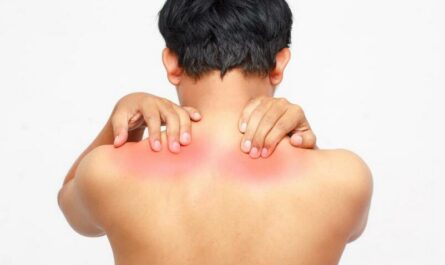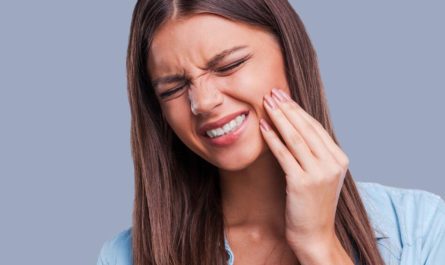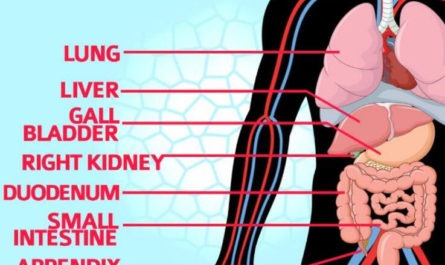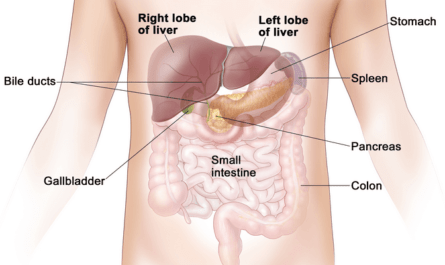Are you suffering from male groin pain? The groin is the area between the abdomen and thighs. Groin pain refers to the discomfort that occurs in the area. Studies have found that although women are more likely to experience groin pain, men also experience this condition regardless of age. Groin pain in men is common for athletes who require many leg exercises, including football, baseball, and hockey.
Groin pain is generally the result of muscle, tendon, and ligament strain in sports. In addition, it may be caused by inflammation and other conditions, including muscle strain, bursitis, and hernia. Some conditions related to the testicles and scrotum may also cause groin pain in men.
In this article, we will discuss some common causes and treatments for men’s groin pain. This article also describes when you need to see a doctor.

Symptoms of Groin Pain in Men
Symptoms of groin pain in men may include a dull ache, sharp stabbing pain, a burning sensation, tenderness to the touch, or difficulty moving the affected area.
The pain may be localized or radiate to the abdomen, buttocks, or lower legs. It can worsen after physical activity, such as running and may be accompanied by swelling or redness.
Other common symptoms of groin pain in men may include fever, nausea, vomiting, chills, and increased pain with movement. Groin pain in men may also be accompanied by symptoms of a urinary tract infection, such as burning during urination, difficulty or pain passing urine, or frequent urination.
12 Common Causes of Groin Pain in Men with Treatment
Groin pain in men is a common symptom that can happen to any man. There are some potential common causes of groin pain.
1. Sports injuries
The most common cause of groin pain in men is a ligament, tendon, or muscle strain in the groin area. Groin injuries usually occur when your exercise involves sudden changes in speed and direction or frequent kicks.
Groin pain often appears immediately after the injury or gradually occurs within a few weeks of the injury. If you continue to use the injured area, the pain tends to get worse.
Inguinal injuries account for 2% to 5% of all sports-related injuries and have high recurrence rates. Common sports that cause injuries include hockey, football, tennis, softball, rugby, figure skating, and horse riding.
To relieve pain in the groin, you need to rest the injured area. In addition, you can try ice compresses, massage, and other physical therapies. These methods can help promote blood circulation and speed up the body’s recovery.
Usually, the recovery time of acute strains takes 4-8 weeks, and the recovery time of chronic strains often takes several months.
2. Inguinal hernia
An inguinal hernia is another common cause of groin pain in men. Studies have found that one in four men will suffer from this problem at some point in their lives.
An inguinal hernia happens when internal tissues of the abdomen push through a weak spot in the muscles of your groin muscles. An inguinal hernia can cause a bulge in the scrotum or the area between the thigh and lower abdomen. It will cause burning, pain, or heaviness in the groin that will worsen when you stand for long periods.
A strangulated hernia occurs when the intestines or fat gets stuck in the abdominal muscle wall. This may interrupt the blood supply and cause life-threatening.
Suppose you find severe pain near the bump and other symptoms such as nausea, vomiting, fever, inability to shit, or deflate. Please seek medical help as soon as possible. The doctor can treat the hernia through surgery.
3. Kidney stones
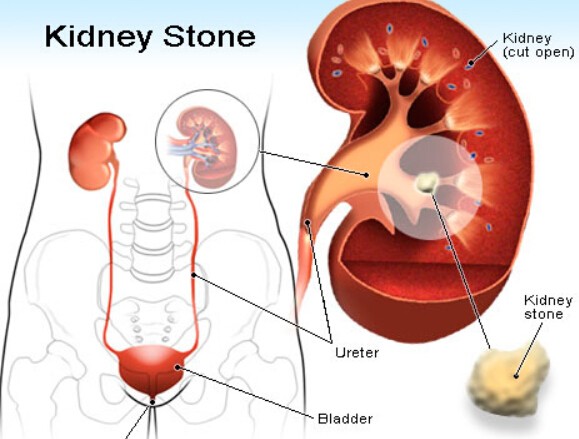
Kidney stones are a common cause of groin pain in men when the tiny crystals in the kidney get stuck in the tube leading to the bladder.
You feel severe pain in your abdomen, which radiates to your back and groin. In addition, sometimes, you may feel nausea, vomiting, and blood in the urine. Some men also experience pain in the scrotum, penis, or testicles.
Small stones smaller than 5 mm can usually be treated with medication, allowing the stones to enter the urine and be excreted from the body. Patients need to drink plenty of water to help the body expel the stones.
4. Swollen lymph nodes
Perhaps unexpectedly, swollen lymph nodes can also cause groin pain in men. Swollen lymph nodes, called lymphadenitis, occur when a bacterial, fungal, or viral infection spreads.
You may usually notice enlarged lymph nodes near the infected area. However, the infection will spread throughout the body with the blood flow. Since there are many lymph nodes in the groin, inflammation can cause pain in the groin.
If you suspect swollen lymph nodes cause the pain, you can consult a doctor for diagnosis and use antibiotics for treatment.
5. Epididymitis
Epididymitis refers to inflammation of the epididymis, the tube that stores sperm. In most cases, the swelling is caused by infection. The main symptoms include fever, pain when urinating, swelling of the epididymis, and slow pain on one side of the scrotum.
6. Orchitis
Orchitis is the swelling and inflammation of one or both testicles. This is usually caused by Chlamydia trachomatis and Neisseria gonorrhoeae, and sometimes mumps virus can cause orchitis. In addition, epididymitis may also cause orchitis.
Common symptoms of orchitis include scrotal pain, fever, and signs of urinary tract infection, which can sometimes lead to fertility problems. The pain caused by orchitis usually starts in the back of one testicle and then spreads to the entire testicle, scrotum, and groin.
Epididymitis and orchitis usually require antibiotics for treatment, so you need to consult your doctor.
7. Testicular torsion
Testicular torsion occurs when a testicle gets twisted in the scrotum. You may experience acute pain in the testes as you get kicked in the crotch. This condition appears most often in teen boys.
In addition to severe pain, patients may also experience fever, nausea, vomiting, and some urinary problems.
Torsion of the testicles can interrupt the blood supply to the testicles. This can cause severe damage to the testicles. This is a medical emergency and requires surgical treatment. So you need to seek medical help as soon as possible.
8. Kidney infection
It usually occurs when an infection spreads from your bladder to one or both of your kidneys. Symptoms may include pain in the groin, frequent urination, and blood or pus in the urine. Bacteria are often called Escherichia coli. Kidney infections can be treated with antibiotics.
If you experience severe pain, fever, nausea, and vomiting, you need to go to the hospital immediately. A kidney infection can cause severe damage to your body. Doctors usually use antibiotics for treatment.
9. Prostatitis
The prostate gland is a gland situated just below the bladder in men. It can produce fluid that nourishes semen.
Prostatitis refers to the swelling of the prostate due to infection. It causes pain in the pelvic area, genitals, and groin. In addition, you may have difficulty peeing. Prostatitis caused by a bacterial infection usually requires antibiotic treatment.
10. Arthritis
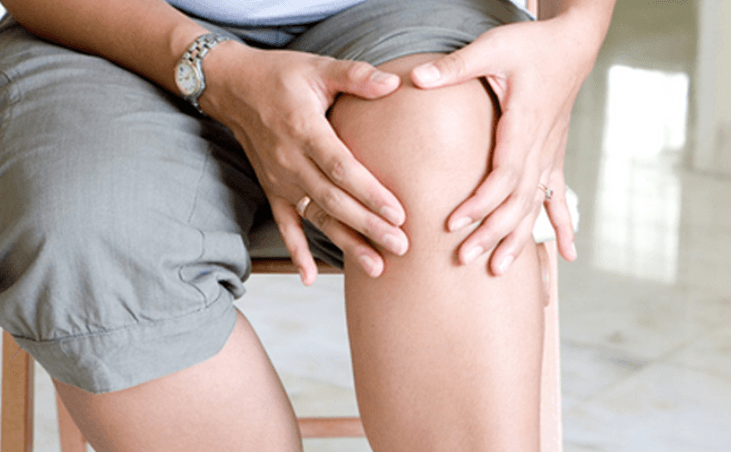
Sometimes, groin pain can also be caused by arthritis. This condition can cause swelling and stiffness in the joints, and the pain radiates to the hips and groin.
Arthritis usually worsens with age. It may worsen when you drive or sit in a low chair for a long time. Men’s groin pain from arthritis can be treated with physical therapy and anti-inflammatory drugs.
11. Urinary tract infection
Urinary tract infection (UTI) is an infection of the urinary system, including the kidneys, bladder, ureters, and urethra. UTI can cause pain in the groin area. Other symptoms include slow urine flow, burning sensation, difficulty urinating, or painful urination.
Although compared to women, men have a lower risk of UTI. If left untreated, UTI can also cause harm to men’s health. It can cause kidney damage and infertility. So you need to seek medical help as soon as possible.
12. Avascular necrosis
Avascular necrosis is a medical condition of the death of bone tissue due to limited blood flow. Long-term use of steroid drugs or excessive drinking can easily lead to vascular necrosis.
In addition to increasing the risk of fractures, this condition can cause men’s groin pain. The pain associated with vascular necrosis is usually severe. If left untreated, it will eventually cause mobility problems. So you need to avoid excessive drinking and see a doctor as soon as possible.
Other Causes of Groin Pain in Men
- A bone injury or Stress fractures
- Avulsion fractures or Stress fractures
- Bursitis or Hydrocele
- Pinched nerve
- Tendinitis
- Testicular cancer
- Varicocele
- Spermatocele
- Mumps
- Testicular cancer
When to See Your Doctor
- Sudden groin pain or testicular pain
- Severe groin pain radiating to the testicles or back
- Severe fracture or kidney infection
- Fever, nausea, vomiting, chills, or blood in the urine
- Lumps or swelling in or around the testicles
- Testicular pain lasts more than a few days
- Home treatment cannot effectively improve groin pain
Conclusion
There are many causes for male groin pain, and you need to choose different treatments. To determine the reasons, you’d better perform a health check. In addition, maintaining good habits, paying attention to rest, and eating healthy can also help relieve symptoms.

